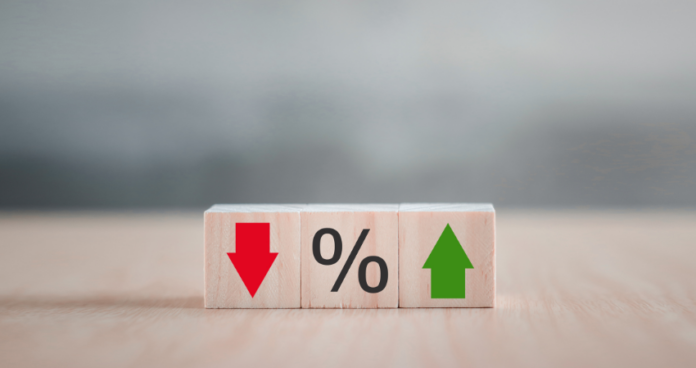The State Bank of Pakistan (SBP) is set to hold its Monetary Policy Committee (MPC) meeting on Monday to decide on the key policy rate, with analysts largely anticipating that the rate will remain unchanged at 11% due to inflation risks arising from recent flooding.
In the previous meeting on June 30, 2025, the MPC had kept the rate steady as higher-than-expected energy price adjustments, particularly gas tariffs, had worsened the inflation outlook.
Topline Securities’ survey shows that 72% of market participants expect no change in the rate, citing flood-related damage to crops, disruptions in supply chains, and a potential rise in food inflation.
Historical data indicates that during the 2010-11 floods, cultivated areas of major crops such as wheat, rice, and cotton fell by 3-18%, with rice production declining by 30%, according to the Economic Survey of Pakistan.
Analysts warn that similar risks could influence inflation and imports this year.
Meanwhile, the Economic Policy and Business Development (EPBD) think tank has recommended an immediate reduction in the policy rate from 11% to 9% to support post-flood recovery in agriculture and industry.
EPBD highlighted that GDP growth could slow to 3.2% while the trade deficit could widen by $1.9 billion. The think tank argued that lowering the rate could save the government Rs3 trillion annually, funds that could be redirected to rehabilitation and reconstruction, and suggested a second phase cut to 6% to boost industrial growth and exports further.
The Rawalpindi Chamber of Commerce and Industry (RCCI) has also urged SBP to reduce the policy rate by at least 3% in the upcoming MPC meeting. Chamber President Usman Shaukat noted that while the SBP has already cut the rate to 11% since June 2024, further easing is needed to create a competitive interest rate environment, stimulate industrial activity, attract investment, and enhance Pakistan’s regional economic competitiveness.
























